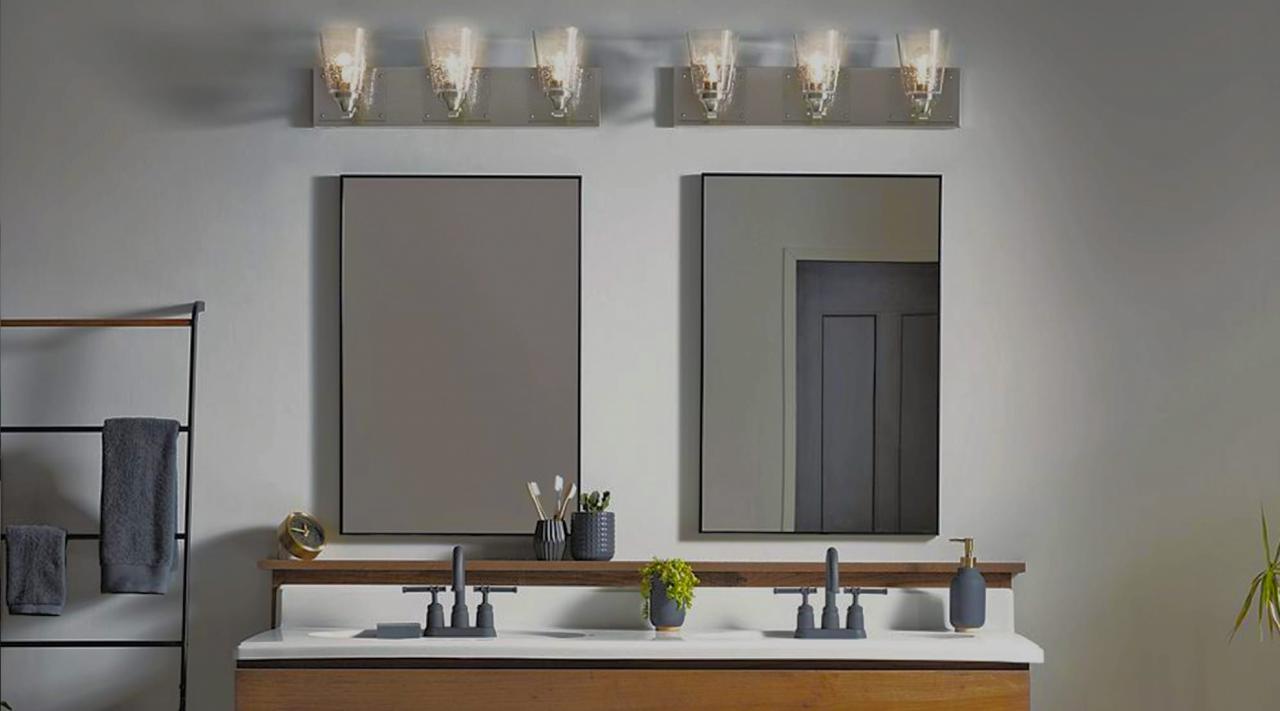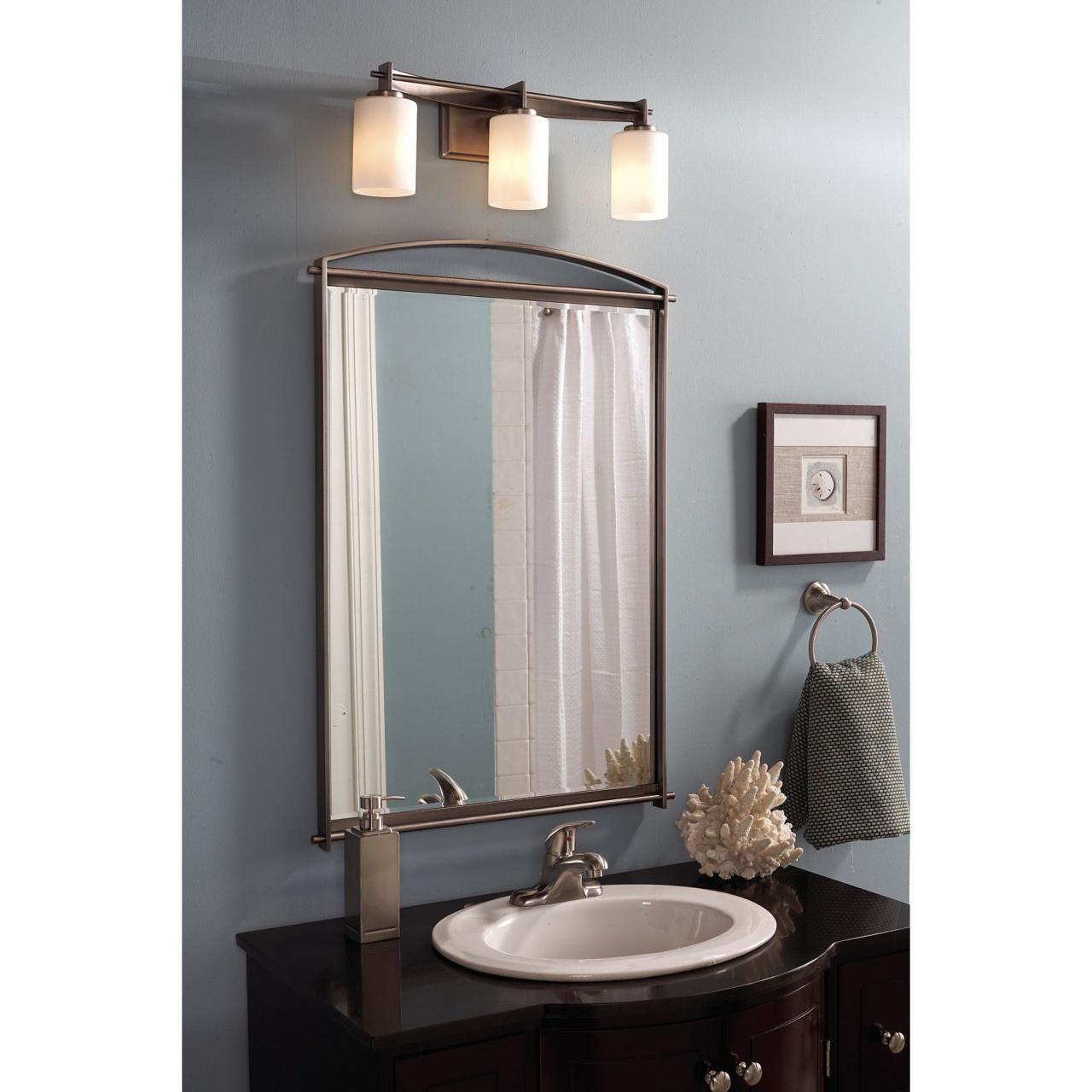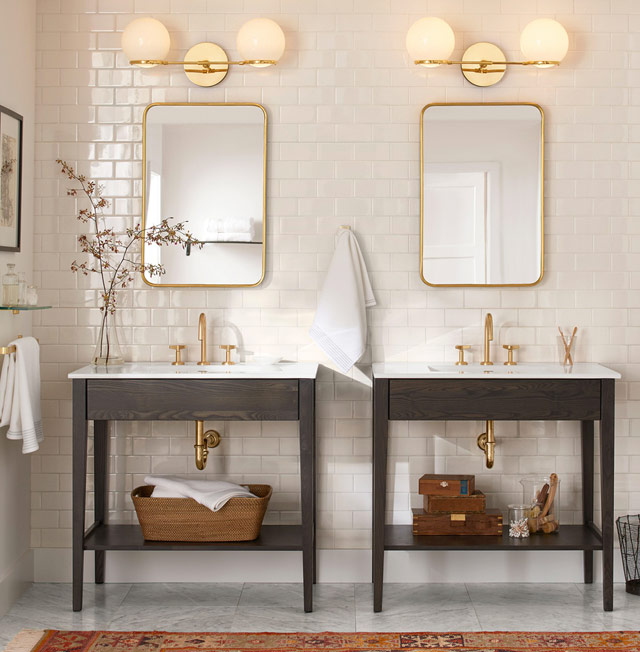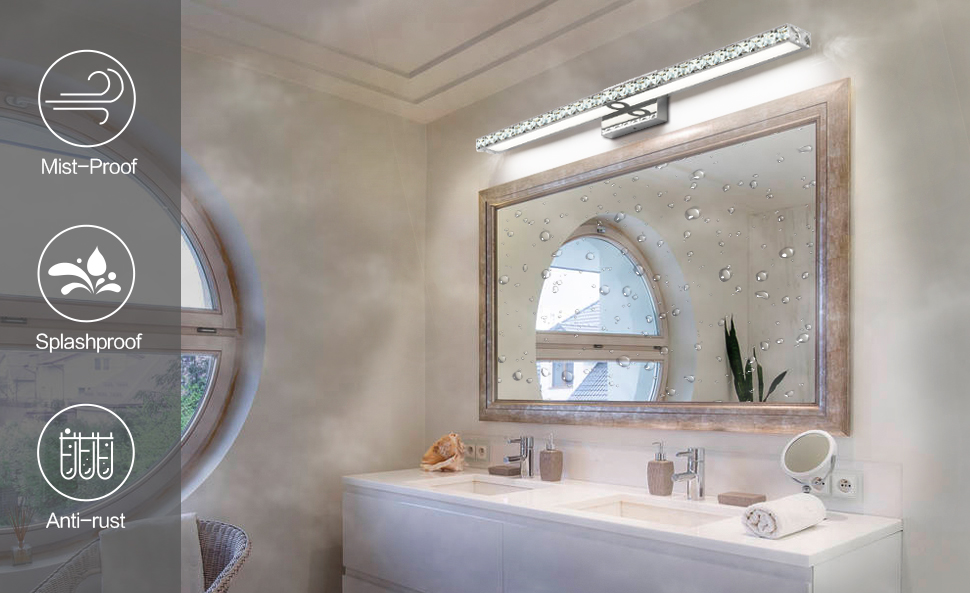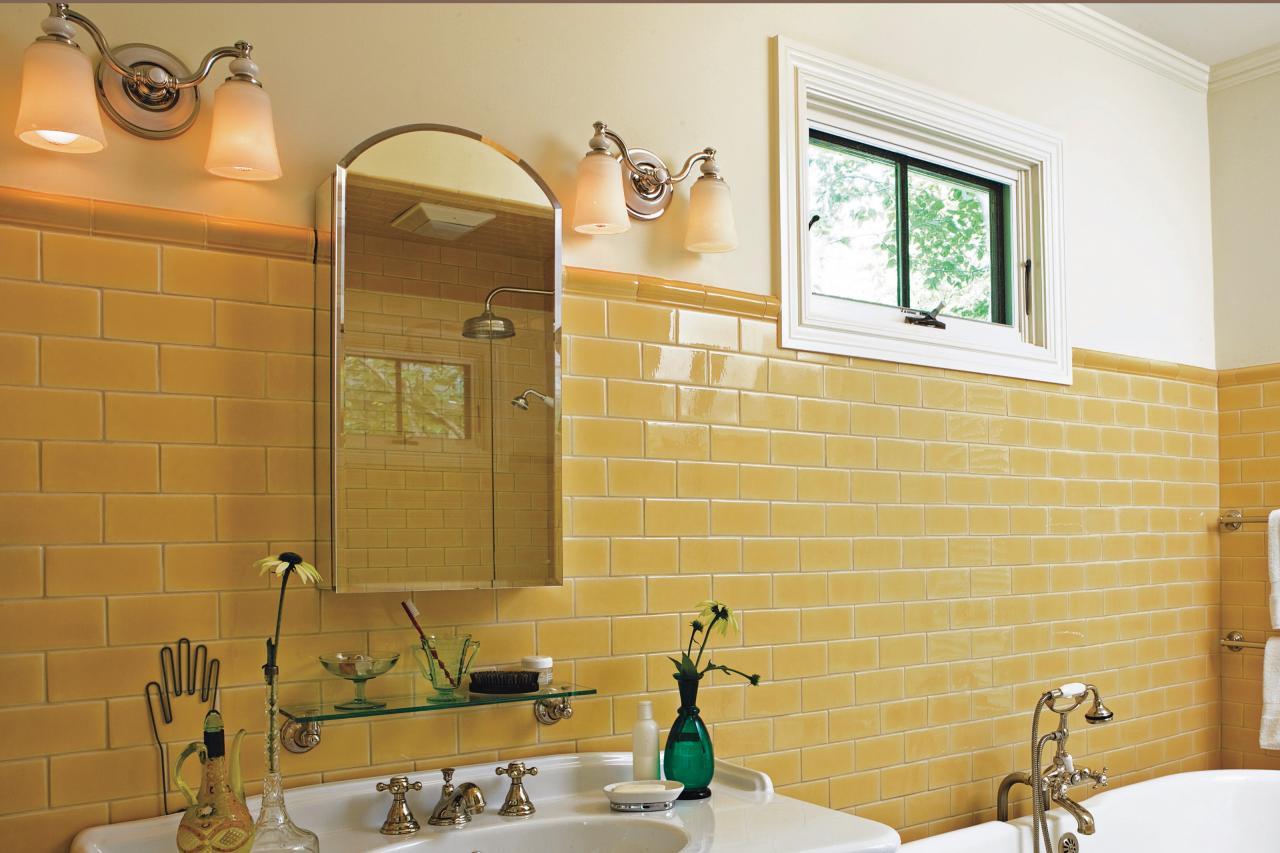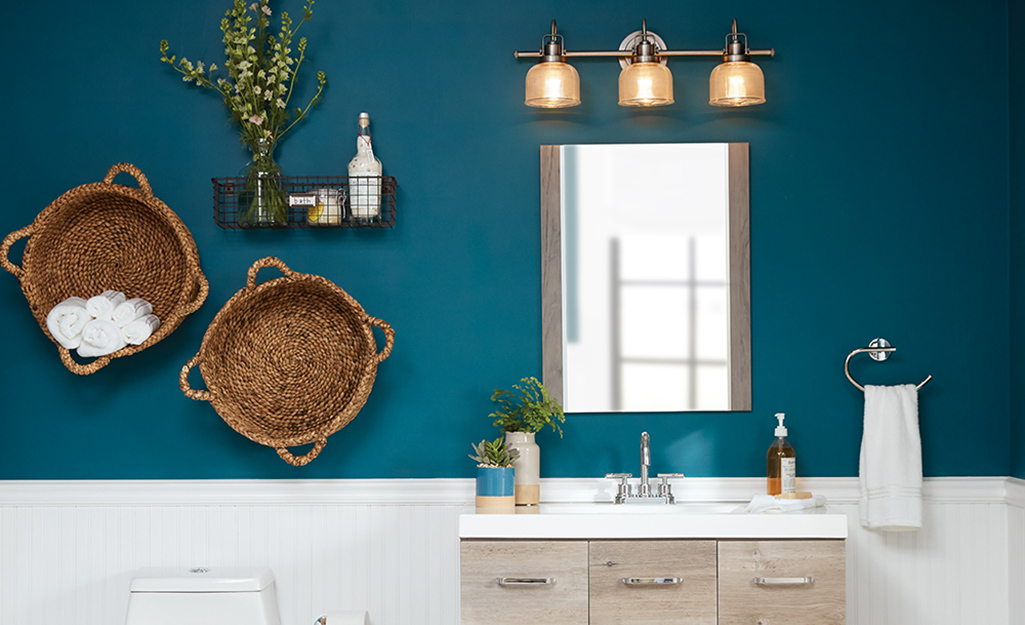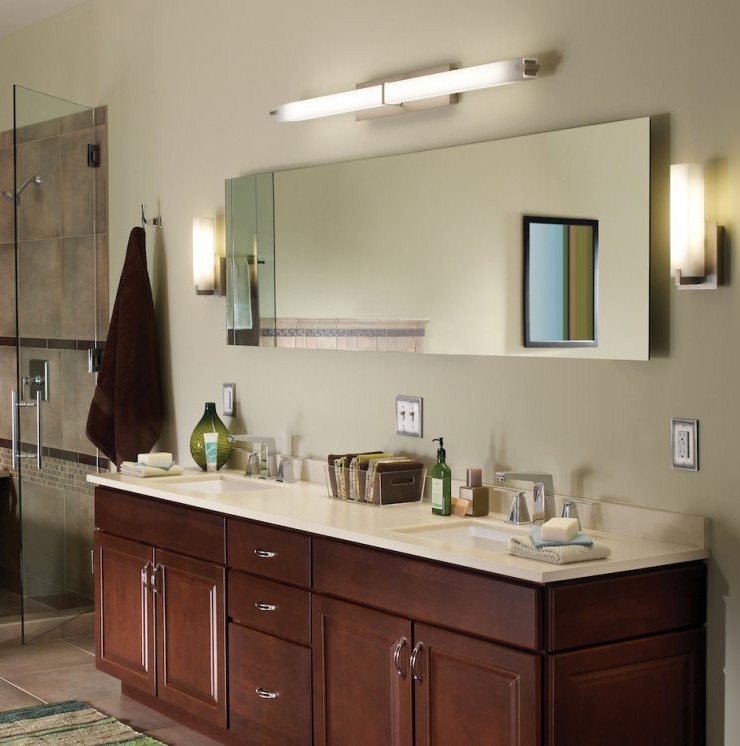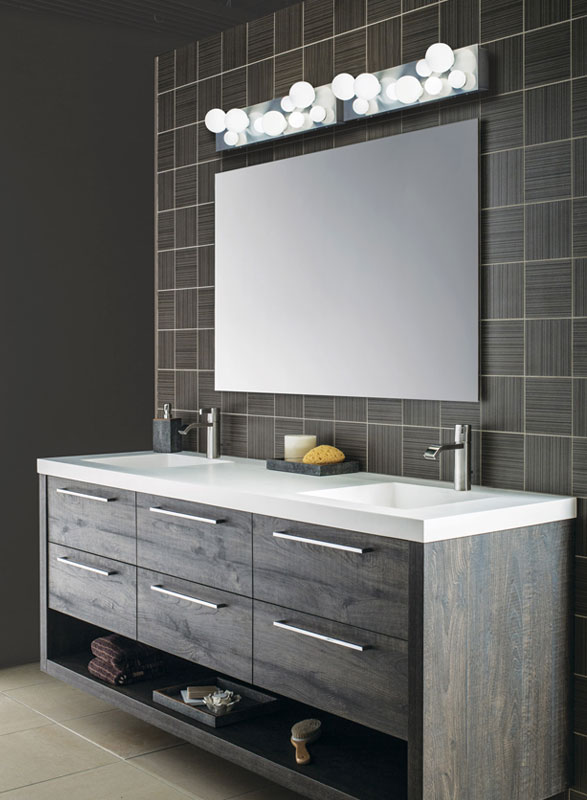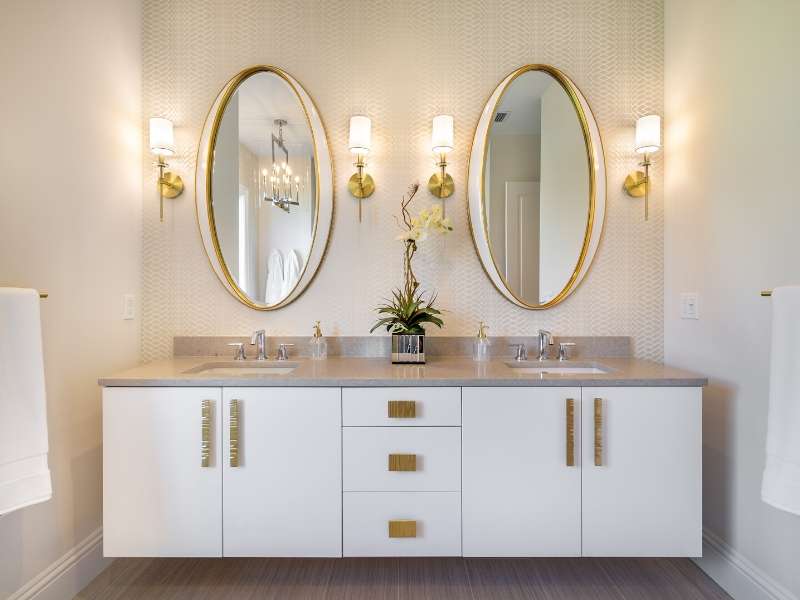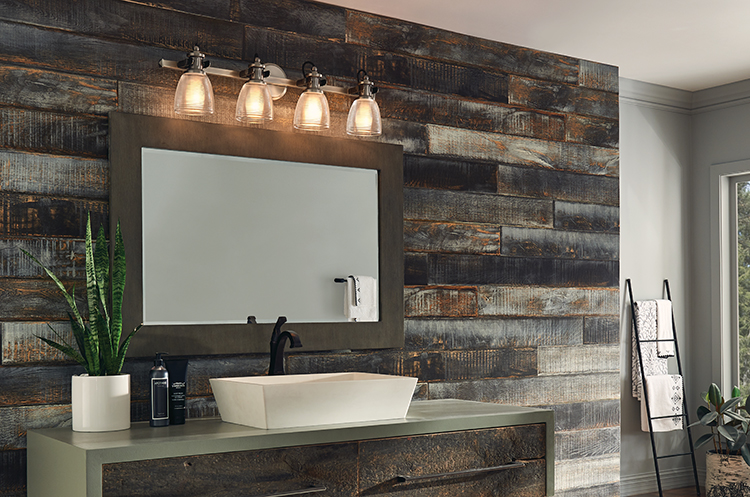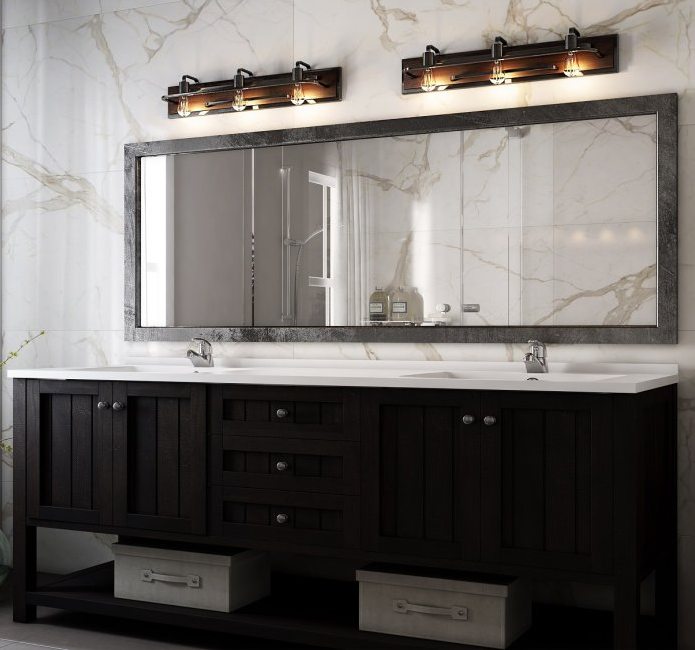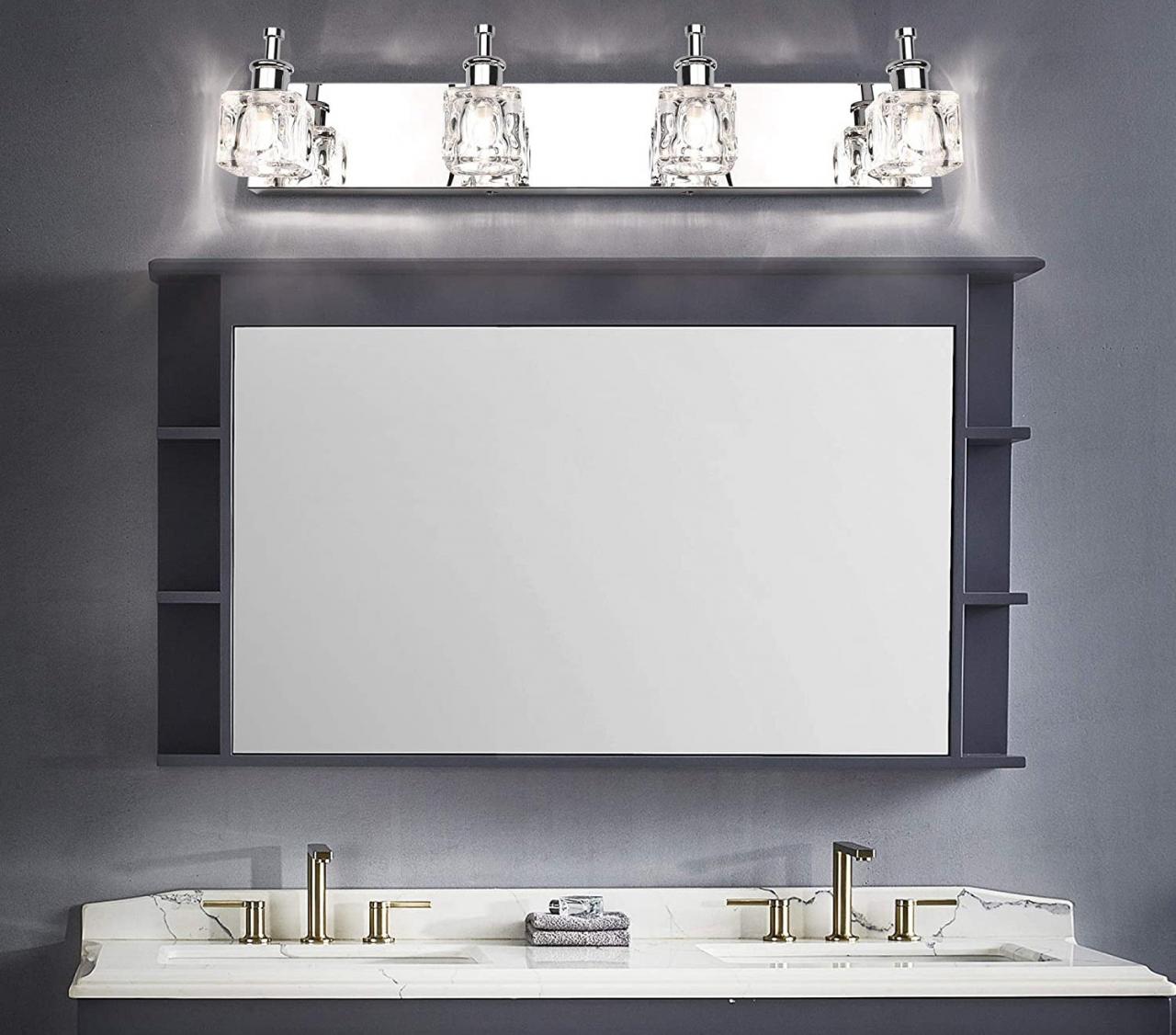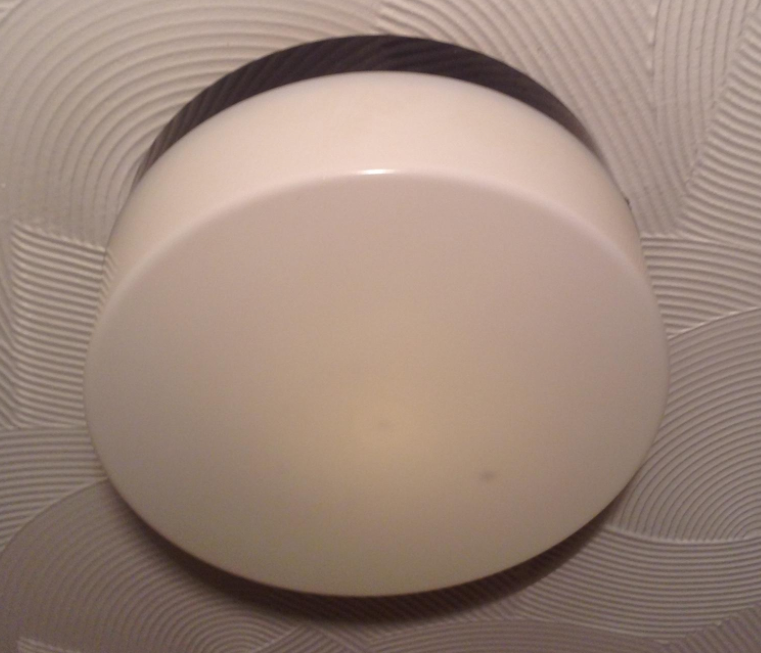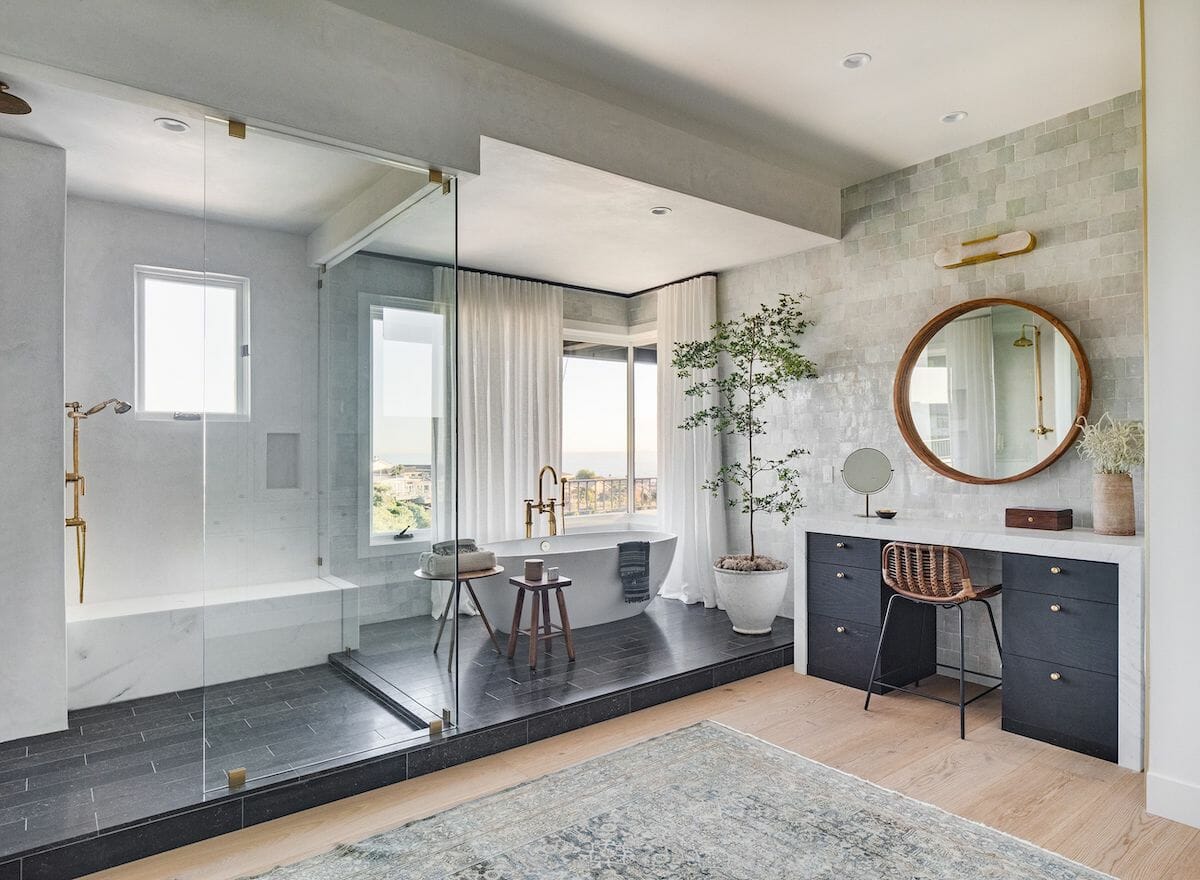Choosing the Right Light Fixture for Your Bathroom Sink
When I first set out to choose a light fixture for my bathroom sink, I quickly realized that it’s not just about picking something that looks good. The right lighting fixture can completely transform your bathroom experience. The sink area is where most of us spend time doing tasks that require good visibility, like shaving, applying makeup, or brushing our teeth. So, finding the perfect light is crucial for both functionality and ambiance.
- Consider the Size of the Fixture
I learned that the size of the light fixture matters more than I initially thought. A fixture that’s too large can overwhelm the space, while one that’s too small might not provide enough light. I found that choosing a fixture that’s about three-quarters the width of the mirror creates a balanced look. - Match the Style to Your Bathroom
The style of the fixture should complement your bathroom’s overall aesthetic. Whether you have a modern, vintage, or industrial design, there’s a fixture out there that will enhance the look of your space. I chose one that matched the finishes of my faucets and hardware. - Functionality is Key
It’s not just about looks—how the light functions is crucial. I opted for a fixture that directed light downward for better task lighting at the sink. This ensured I had bright, focused light for tasks like shaving and applying makeup. - Choose the Right Bulbs
The type of bulb you choose is just as important as the fixture itself. I went with energy-efficient LED bulbs that are both long-lasting and environmentally friendly. Make sure your fixture can accommodate the type of bulb you prefer. - Installation Considerations
Some fixtures are easier to install than others. Since I’m not the handiest person, I chose a fixture that was straightforward to install myself. If you’re not confident in your DIY skills, consider hiring a professional for more complex installations. - Think About Future Maintenance
I also thought about how easy it would be to change the bulbs and clean the fixture. I chose a design that would be easy to maintain, ensuring that my bathroom lighting would stay bright and beautiful with minimal effort.

Optimal Placement: Where to Position Your Over-Sink Lighting
Height Matters
I discovered that the height of the fixture is crucial for effective lighting. Positioning the light about 75 to 80 inches from the floor provided the right balance, casting even light across my face without harsh shadows.
Distance from the Wall
Placing the light close to the mirror, about 3 to 4 inches above, ensured that there were no dark spots and minimized glare. This placement also helped illuminate my face evenly during daily tasks.
Centering the Fixture
For my single sink, I centered the fixture over the mirror. If you have a double sink, consider using two smaller fixtures, each centered over its respective mirror, for balanced lighting.
Consider Ceiling Height
If you have higher ceilings, you might need to adjust the height of the fixture. My standard 8-foot ceilings meant I could stick with typical placement guidelines, but this is something to consider for taller spaces.
Create a Welcoming Atmosphere
Positioning the light slightly above eye level helped create a softer, more welcoming atmosphere in the bathroom. It avoided the harsh, clinical feel that can come from lights placed too close to the mirror.
Test Before Installing
I tested different placements before finalizing the installation. Temporarily mounting the fixture with tape allowed me to see how the light would actually look and feel in the space, ensuring I made the right choice.
Understanding Different Types of Bathroom Sink Lighting
Ambient Lighting
Ambient lighting is the general light that fills the entire room. While it’s essential for overall illumination, I found that it wasn’t enough on its own for the tasks I perform at the sink. It’s a good foundation, but not the only light source you’ll need.
Task Lighting
Task lighting is specifically for the sink area, providing direct light for activities like shaving and makeup application. I chose a fixture that offers bright, focused light to eliminate shadows and improve visibility.
Accent Lighting
Accent lighting adds atmosphere and depth to a bathroom. I considered adding accent lights above the mirror or beneath the sink but decided to keep things simple for practical reasons. However, it’s a great option for those looking to add a touch of luxury.
Decorative Lighting
Decorative lighting is all about style and personality. While it may not be as functional, it can make a statement in your bathroom. I explored options like chandeliers and pendant lights but ultimately chose something more subtle.
Natural Lighting
Natural light can complement your bathroom lighting setup. I took advantage of the window in my bathroom, positioning the sink and mirror to maximize natural light during the day, which reduces the need for artificial lighting.
Layered Lighting
Layering different types of lighting—ambient, task, accent, and decorative—creates a balanced and functional space. I found that this approach allowed me to achieve the perfect mix of practicality and style in my bathroom.
The Role of Color Temperature in Bathroom Lighting
Understanding Color Temperature
Color temperature, measured in Kelvins (K), refers to the color of the light. Lower Kelvins mean warmer light, while higher Kelvins produce cooler light. I aimed for a balance between warmth and coolness, settling on 3000K to 4000K for a natural daylight effect.
Balancing Warmth and Functionality
Warm light can be cozy but might distort colors, making it less ideal for tasks like makeup application. I avoided overly warm lights to ensure true color visibility and opted for a neutral daylight tone.
Impact on Bathroom Aesthetics
The color temperature of the light can affect how the rest of the bathroom looks. Cooler temperatures enhance white surfaces, while warmer tones might clash with certain decors. I chose a temperature that complemented my bathroom’s design.
Choosing the Right Bulbs
Different bulbs offer various color temperatures. I ensured the bulbs I selected matched the desired color temperature, providing consistent lighting throughout the space.
Testing Different Temperatures
Before settling on a bulb, I experimented with different color temperatures to see how they affected the bathroom’s ambiance. This trial and error helped me find the perfect light for both day and night use.
Adjusting to Your Routine
I considered how the color temperature would fit into my daily routine. The neutral daylight effect I chose works well in the morning to wake me up and is calming enough in the evening to help me wind down.
Maximizing Brightness Without Glare: Tips for Over-Sink Lights
Choose the Right Bulbs
LED bulbs provide bright, even light without excessive heat. I selected high-lumen, soft or frosted LED bulbs to maximize brightness while minimizing glare, ensuring comfortable and effective lighting.
Opt for Fixtures with Diffusers
Fixtures with frosted glass shades or diffusers can help soften the light, reducing harsh shadows and glare. My chosen fixture had a frosted shade that provided an even glow over the sink.
Avoid Eye-Level Placement
Placing lights directly at eye level can create blinding glare. By positioning the fixture slightly above eye level, I achieved a comfortable lighting setup that was both functional and pleasant.
Install Dimmer Switches
Dimmers allow you to adjust the brightness depending on the time of day and your needs. I installed a dimmer switch, which is especially useful for creating a softer light in the evening.
Experiment with Light Direction
The direction of the light matters. I found that combining upward and downward lighting helped achieve a balanced, glare-free environment. This setup provided bright task lighting without the harshness.
Combine Different Lighting Sources
I tested various lighting combinations, using bright overhead lights along with softer ambient lighting around the mirror. This mix ensured that I had plenty of light for tasks without creating an overwhelming glare.
Stylish Designs to Complement Your Bathroom Aesthetic
Match the Fixture to Your Bathroom’s Style
I chose a fixture that aligned with the modern, minimalist design of my bathroom. It had clean lines and a slim profile, which fit perfectly with the contemporary look I was aiming for.
Explore Different Design Trends
Traditional, vintage, and industrial designs all offer unique lighting options. While I chose a modern fixture, I also found beautiful, ornate fixtures that would be perfect for a classic bathroom.
Consider the Finish
Matching the light fixture’s finish to other hardware in the bathroom creates a cohesive look. I selected a chrome finish that matched my faucets and cabinet pulls, enhancing the overall design.
Think About Size and Scale
The size of the fixture should be proportional to the space. My bathroom is small, so I chose a fixture that didn’t overwhelm the room. This ensured a balanced and harmonious look.
Add a Touch of Personality
The right light fixture can express your style. I found a fixture with a subtle geometric design that added visual interest without being overpowering, giving my bathroom a unique touch.
Coordinate with Other Elements
The light fixture is just one part of the bathroom’s design. I made sure it complemented the mirror, sink, and overall decor, creating a unified and stylish space.
Energy Efficiency: LED vs. Traditional Bulbs for Bathroom Lighting
LEDs are More Energy-Efficient
LED bulbs use a fraction of the energy that traditional incandescent bulbs do, making them a cost-effective choice in the long run. I chose LEDs to save on my electricity bill and reduce my environmental impact.
LEDs Last Longer
Traditional bulbs might last around 1,000 hours, but LEDs can last up to 25,000 hours or more. This longevity means fewer replacements and less waste, which is both convenient and eco-friendly.
LEDs Generate Less Heat
Unlike traditional bulbs, LEDs generate minimal heat, which is a bonus in a small space like a bathroom. I appreciated that my bathroom would stay cooler, especially during the warmer months.
Consider the Initial Cost
While LED bulbs are more expensive upfront, their long-term savings on energy costs and replacements make them a more cost-effective option. I decided that the initial investment was worth the benefits.
Color Quality of LEDs
I wanted to make sure the light produced by the LEDs was pleasant and natural. Many LED bulbs are available in a range of color temperatures, so I found one that provided the perfect light for my bathroom.
Environmental Impact
Choosing LED bulbs was a small but meaningful way to reduce my carbon footprint. Their energy efficiency and longevity make them a more sustainable choice, contributing to a greener future.
How to Light a Bathroom – Bathroom Lighting Ideas YLighting
Best Bathroom Vanity Lighting – Lightology
How to Light a Vanity Correctly – A Lighting Design How To
How to Choose Bathroom Vanity Lighting Riverbend Home
How to Light a Bathroom – Bathroom Lighting Ideas YLighting
The Best Vanity Lighting of 2024
Related Posts:
- 8 Light Bathroom Light Fixture
- Bathroom Lighting Victorian Style
- Bathroom Light Ideas Pinterest
- 3 Spot Bathroom Light
- How To Replace Bathroom Light Pull Cord
- Installing Bathroom Light Fixture
- Best Bathroom Lighting For Putting On Makeup
- Bathroom Light Fixture Images
- Bathroom Light Extractor Fan Wiring Diagram
- Best Bathroom Lighting Fixtures
